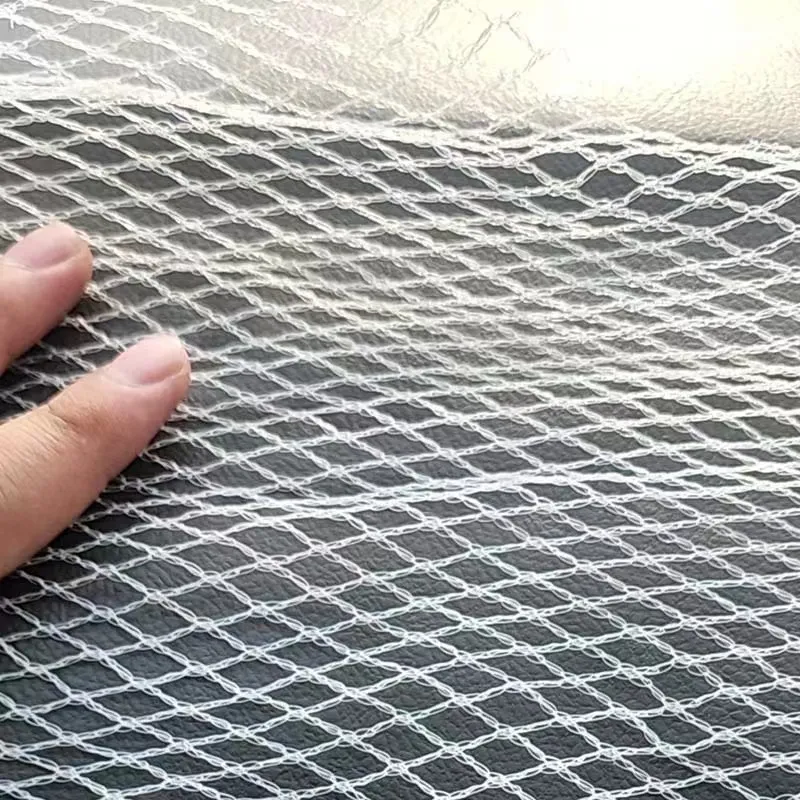Techniques and Tools for Effective Bird Capture Using Innovative Net Systems and Strategies
The Art of Bird Catching Nets A Historical Perspective
Bird catching has been an ancient practice that spans across various cultures and regions, often driven by the need for sustenance, research, and even sport. Among the tools utilized in this pursuit, bird catching nets have played a pivotal role, showcasing the ingenuity of humans in their quest to capture avian species. This article delves into the historical significance, techniques, and ethical considerations surrounding the use of bird catching nets.
Historically, bird catching nets can be traced back to prehistoric times. Archaeological findings suggest that early humans used natural materials such as reeds, vines, and animal hides to construct nets capable of trapping birds. These early nets were rudimentary yet effective, demonstrating humanity's resourcefulness in utilizing available materials. As societies evolved, so did the methods of capturing birds. The introduction of woven fibers marked a significant advancement in net-making, allowing for more intricate and durable designs.
Different cultures adapted their techniques based on regional bird species and environmental factors. For instance, in Europe, large mist nets became popular for capturing songbirds during migration seasons. These nets, often set up near feeding grounds or migration paths, are nearly invisible to birds, which fly into them, becoming entangled. This method not only provided food for local communities but also contributed to ornithological studies, helping scientists gather data on migratory patterns and population dynamics.
In other parts of the world, such as Asia, traditional bird catching nets are often used in a more communal context. Countries like Japan and Thailand have rich histories of using nets in combination with traps and decoys for catching birds in rice fields. These practices highlight a balance between human needs and agriculture, where birds could be caught to protect crops while also serving as a valuable food source.
bird catching nets

However, with advancements in technology and increased awareness of ecological issues, the use of bird catching nets has come under scrutiny. Ethical considerations have emerged regarding the impact of netting on bird populations and biodiversity. Several species have faced decline due to over-exploitation and habitat loss, prompting conservationists to advocate for more responsible bird catching practices. Laws and regulations have been established in many countries to protect threatened species and ensure that netting is executed sustainably.
Furthermore, modern bird watching and avian photography have offered alternatives to traditional bird catching. Enthusiasts now prefer to observe and photograph birds in their natural habitats rather than capturing them. This shift reflects a growing appreciation for wildlife and the importance of conservation efforts, fostering a culture that prioritizes the well-being of avian species.
Nevertheless, in some regions, bird catching nets remain a vital part of local culture and livelihood. For these communities, the use of nets is not merely a means of catching birds but is intertwined with social practices, culinary traditions, and economic activities. Therefore, any discussion surrounding bird catching nets must consider both traditional practices and contemporary conservation efforts.
In conclusion, bird catching nets have a rich historical legacy, reflecting humanity's relationship with nature. While they have served practical purposes for centuries, the modern context necessitates a balance between cultural practices and ecological responsibility. As we look to the future, it is imperative to promote sustainable methods that honor both our heritage and the need for conservation, ensuring that birds continue to thrive in their natural environments.
-
The Versatility of Stainless Steel Wire MeshNewsNov.01,2024
-
The Role and Types of Sun Shade SolutionsNewsNov.01,2024
-
Safeguard Your Space with Effective Bird Protection SolutionsNewsNov.01,2024
-
Protect Your Garden with Innovative Insect-Proof SolutionsNewsNov.01,2024
-
Innovative Solutions for Construction NeedsNewsNov.01,2024
-
Effective Bird Control Solutions for Every NeedNewsNov.01,2024












